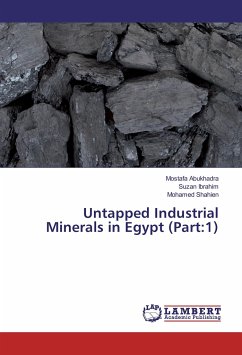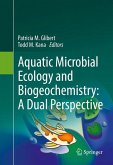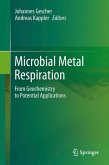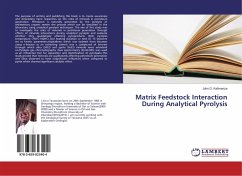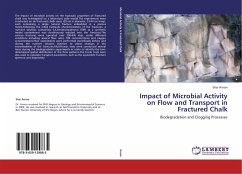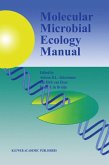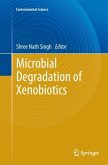During the last decades of biogeochemical and microbiological research, the widespread occurrence of microorganisms was demonstrated in deep marine and terrestrial sediments. With this discovery inevitably, the question of potential carbon and energy sources for this deep subsurface microbial life arises. In sedimentary systems, such a source is provided by buried organic matter, deposited over geological times. During geochemical and geothermal maturation, this organic material undergoes biotic and abiotic alteration processes and is suggested, to release potential substrates into the surrounding. Previous studies showed, that especially oxygen containing compounds are lost from the macromolecular matrix during diagenesis and early catagenesis. Oxygen containing low molecular weight organic acids (LMWOAs) such as formate, acetate and oxalate represent important substrates for microbial metabolism. Thus, lithologies containing accumulated sedimentary organic matter (e.g. lignitesand coals) may provide a large feedstock for deep microbial life releasing LMWOAs into the pore water during maturation.
Bitte wählen Sie Ihr Anliegen aus.
Rechnungen
Retourenschein anfordern
Bestellstatus
Storno


